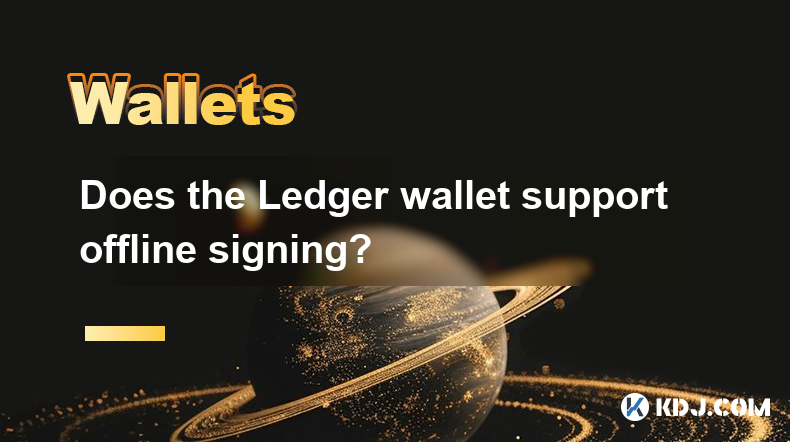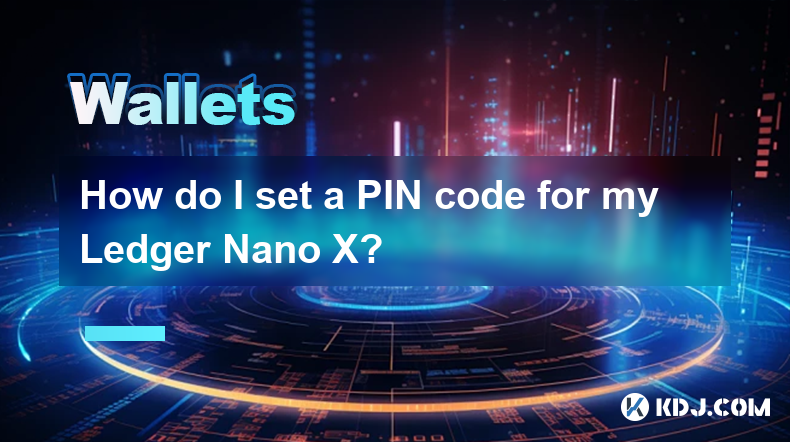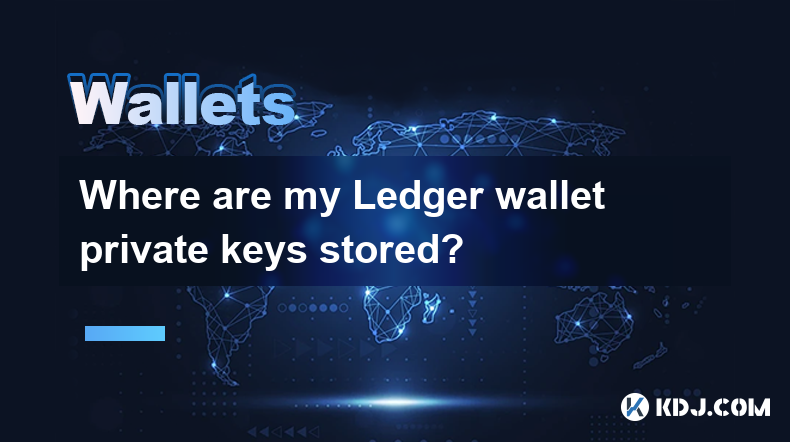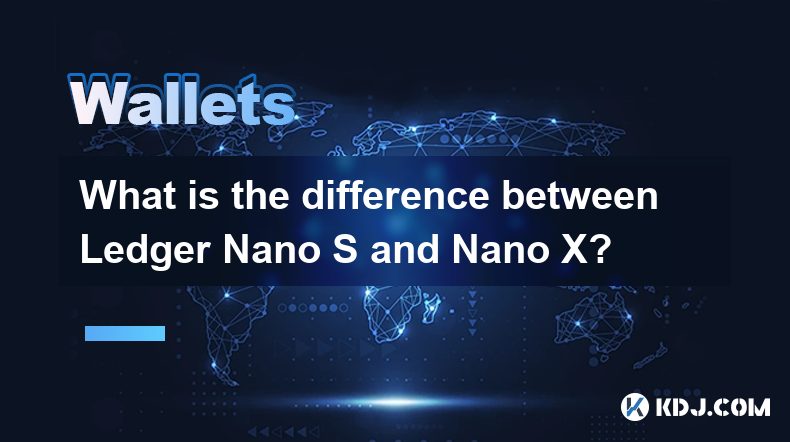-
 Bitcoin
Bitcoin $76,444.7530
-3.77% -
 Ethereum
Ethereum $1,473.8355
-5.46% -
 Tether USDt
Tether USDt $0.9991
-0.08% -
 XRP
XRP $1.7965
-5.51% -
 BNB
BNB $553.4919
-0.36% -
 USDC
USDC $0.9999
-0.02% -
 Solana
Solana $105.2981
-1.74% -
 TRON
TRON $0.2303
0.81% -
 Dogecoin
Dogecoin $0.1422
-4.62% -
 Cardano
Cardano $0.5587
-4.41% -
 UNUS SED LEO
UNUS SED LEO $8.9866
1.01% -
 Toncoin
Toncoin $2.9933
-4.74% -
 Chainlink
Chainlink $10.9113
-4.81% -
 Stellar
Stellar $0.2215
-4.76% -
 Avalanche
Avalanche $16.1163
-3.29% -
 Sui
Sui $1.9371
-3.89% -
 Shiba Inu
Shiba Inu $0.0...01065
-6.69% -
 Hedera
Hedera $0.1469
-3.29% -
 MANTRA
MANTRA $6.2058
-1.53% -
 Dai
Dai $1.0000
0.01% -
 Bitcoin Cash
Bitcoin Cash $269.3457
-2.08% -
 Polkadot
Polkadot $3.3773
-5.87% -
 Litecoin
Litecoin $69.2204
-2.50% -
 Ethena USDe
Ethena USDe $0.9986
-0.01% -
 Bitget Token
Bitget Token $4.0180
-3.25% -
 Pi
Pi $0.5649
-4.50% -
 Hyperliquid
Hyperliquid $11.1928
-2.80% -
 Monero
Monero $195.3885
-4.41% -
 OKB
OKB $50.9235
-0.59% -
 Uniswap
Uniswap $4.7688
-6.95%
Where to view USDT address in Trust Wallet
To find your USDT address in Trust Wallet, open the app, select USDT, tap 'Receive', and choose the network (TRC-20 or ERC-20) to view your address.
Apr 05, 2025 at 03:35 pm

When using Trust Wallet to manage your cryptocurrencies, understanding where to find your USDT address is crucial for receiving transactions. Trust Wallet supports multiple blockchain networks for USDT, including TRC-20 and ERC-20, each with its own unique address. To view your USDT address, you first need to ensure that you have the Trust Wallet app installed on your mobile device. Once installed, open the app and navigate to the main wallet screen where all your assets are displayed. From there, you can easily access your USDT address depending on the network you wish to use.
Accessing Your USDT Address in Trust Wallet
To begin, open the Trust Wallet app on your smartphone. On the main screen, you will see a list of your cryptocurrencies. Scroll through or search for USDT. Once you locate USDT, tap on it to open the USDT wallet screen. Here, you will see options like 'Receive' and 'Send'. To view your USDT address, tap on the 'Receive' button. This action will bring up a new screen displaying your USDT address for the selected network.
Choosing the Right Network for USDT
Trust Wallet supports USDT on different networks, primarily TRC-20 and ERC-20. It's important to choose the correct network when receiving USDT to avoid transaction issues. When you tap on 'Receive' in the USDT wallet, you will be prompted to select the network. For TRC-20, the address will start with a 'T', while for ERC-20, it will start with '0x'. Make sure to communicate the correct network to the sender to ensure the transaction goes through smoothly.
Copying and Sharing Your USDT Address
Once you have selected the desired network, your USDT address will be displayed on the screen. You can copy this address by tapping on the 'Copy' button next to it. Trust Wallet also provides a QR code for your address, which can be scanned by the sender for a quick and error-free transfer. It's crucial to double-check the address before sharing it to prevent any errors that could lead to lost funds.
Verifying Your USDT Address
Before sharing your USDT address, it's a good practice to verify it. You can do this by sending a small test transaction to yourself or using a blockchain explorer to check the address's validity. To use a blockchain explorer, copy your USDT address and paste it into the search bar of a relevant explorer (e.g., Tronscan for TRC-20 or Etherscan for ERC-20). If the address appears in the explorer, it confirms that it is valid and ready to receive funds.
Managing Multiple USDT Addresses
If you need to manage multiple USDT addresses within Trust Wallet, you can create additional wallets for different purposes. To do this, go to the settings menu in Trust Wallet, select 'Wallets', and then 'Add Wallet'. You can then set up a new wallet and repeat the process of finding the USDT address as described earlier. This feature is useful for separating funds for different uses or for privacy reasons.
Security Tips for Your USDT Address
Securing your USDT address is paramount to protect your funds. Here are some security tips to consider:
- Never share your private keys or recovery phrases with anyone. These are used to access your wallet and should be kept confidential.
- Use strong, unique passwords for your device and Trust Wallet app.
- Enable two-factor authentication (2FA) if available to add an extra layer of security.
- Be cautious of phishing attempts. Always verify the authenticity of websites and apps before entering your information.
- Regularly update the Trust Wallet app to ensure you have the latest security features and bug fixes.
Troubleshooting Common Issues with USDT Addresses
Sometimes, users may encounter issues when dealing with USDT addresses in Trust Wallet. Here are some common problems and their solutions:
- Address not recognized: Ensure you are using the correct network (TRC-20 or ERC-20) and that the address is entered correctly.
- Transaction not received: Check the transaction status on a blockchain explorer. It may be pending or stuck due to network congestion.
- Wrong network selected: If you sent USDT to the wrong network, contact the sender to see if the transaction can be reversed. Otherwise, the funds may be lost.
Using USDT Addresses for Different Purposes
USDT addresses in Trust Wallet can be used for various purposes, such as:
- Receiving payments: Share your USDT address with clients or customers to receive payments.
- Staking and earning interest: Some platforms allow you to stake USDT to earn interest. You can use your Trust Wallet address to participate in these programs.
- Trading on decentralized exchanges (DEXs): Use your USDT address to deposit funds into DEXs for trading other cryptocurrencies.
Keeping Track of Your USDT Transactions
To keep track of your USDT transactions, you can use the transaction history feature in Trust Wallet. Here's how:
- Open the USDT wallet in Trust Wallet.
- Tap on the 'Transactions' tab to view a list of all incoming and outgoing transactions.
- For more detailed information, you can use a blockchain explorer by copying the transaction hash and pasting it into the explorer's search bar.
Understanding USDT Address Formats
USDT addresses can vary in format depending on the network. Here's a brief overview:
- TRC-20 (Tron Network): Addresses start with 'T' and are typically 34 characters long.
- ERC-20 (Ethereum Network): Addresses start with '0x' and are 42 characters long.
Understanding these formats can help you identify and use the correct address for your transactions.
Best Practices for Using USDT Addresses
To ensure smooth and secure transactions, follow these best practices:
- Always double-check the address before sending or receiving USDT.
- Use the correct network for the transaction to avoid losing funds.
- Keep your USDT addresses organized, especially if you manage multiple wallets.
- Regularly back up your wallet to prevent loss of access to your funds.
Common Questions Related to Viewing USDT Address in Trust Wallet
Q: How do I find my USDT address in Trust Wallet?
A: Open the Trust Wallet app, navigate to the USDT wallet, and tap on 'Receive'. Select the desired network (TRC-20 or ERC-20), and your address will be displayed.
Q: Can I use the same USDT address for both TRC-20 and ERC-20 networks?
A: No, you need to use different addresses for each network. TRC-20 addresses start with 'T', while ERC-20 addresses start with '0x'.
Q: What should I do if I accidentally send USDT to the wrong network?
A: If you send USDT to the wrong network, contact the sender to see if the transaction can be reversed. If not, the funds may be lost.
Q: How can I verify my USDT address?
A: You can verify your USDT address by sending a small test transaction to yourself or using a blockchain explorer to check the address's validity.
Q: Is it safe to share my USDT address with others?
A: Yes, it is safe to share your USDT address. However, never share your private keys or recovery phrases, as these can be used to access your wallet.
Q: Can I have multiple USDT addresses in Trust Wallet?
A: Yes, you can create multiple wallets within Trust Wallet, each with its own USDT address for different purposes.
Q: How do I keep track of my USDT transactions in Trust Wallet?
A: You can view your USDT transactions by opening the USDT wallet in Trust Wallet and tapping on the 'Transactions' tab. For more detailed information, use a blockchain explorer with the transaction hash.
Disclaimer:info@kdj.com
The information provided is not trading advice. kdj.com does not assume any responsibility for any investments made based on the information provided in this article. Cryptocurrencies are highly volatile and it is highly recommended that you invest with caution after thorough research!
If you believe that the content used on this website infringes your copyright, please contact us immediately (info@kdj.com) and we will delete it promptly.
- "Cardano (ADA) Price Could Dip Below $0.60, Following Previous Market Cycle"
- 2025-04-09 05:10:12
- BONK, the well-known meme coin, has risen over 35% in the last week, attracting meme coin investors in the market. So, what caused this rally?
- 2025-04-09 05:10:12
- Bitcoin (BTC) Investors May Not Exactly Feel It, but BTC Has Been a Relatively Good Bet
- 2025-04-09 05:05:12
- Donald's Bitcoin (DONBTC) Could Turn Early Investors into Multi-Millionaires, Like Shiba Inu (SHIB) and Dogecoin (DOGE) Did
- 2025-04-09 05:05:12
- 6 Upcoming Kraken Listings That Could Be the Next Big Thing in Crypto
- 2025-04-09 05:00:13
- COTI Unveils New Privacy-Focused Blockchain to Reshape Web3 Transactions
- 2025-04-09 05:00:13
Related knowledge

Does the Ledger wallet support offline signing?
Apr 09,2025 at 04:49am
Introduction to Ledger Wallet and Offline SigningThe Ledger wallet is a popular hardware wallet used by cryptocurrency enthusiasts to securely store their digital assets. One of the key features that users often inquire about is offline signing. Offline signing, also known as cold signing, is a security measure that allows users to sign transactions wit...

How do I send Ethereum to my Ledger wallet?
Apr 09,2025 at 03:21am
Sending Ethereum to your Ledger wallet involves a few straightforward steps, but it's crucial to follow them carefully to ensure the security of your funds. In this guide, we'll walk you through the process of transferring Ethereum to your Ledger wallet, ensuring that you understand each step and the necessary precautions. Preparing Your Ledger WalletBe...

How do I set a PIN code for my Ledger Nano X?
Apr 08,2025 at 11:14pm
Setting a PIN code for your Ledger Nano X is a crucial step in securing your cryptocurrency assets. The PIN code acts as a primary layer of security, ensuring that only you can access your device. In this article, we will guide you through the process of setting up a PIN code on your Ledger Nano X, ensuring that you follow each step meticulously to main...

Where are my Ledger wallet private keys stored?
Apr 08,2025 at 10:35pm
When using a Ledger hardware wallet, one of the most critical aspects to understand is the storage and management of your private keys. This article will delve into the specifics of where your Ledger wallet private keys are stored, ensuring you have a comprehensive understanding of their security and accessibility. Understanding Private Keys in Ledger W...

What is the difference between Ledger Nano S and Nano X?
Apr 09,2025 at 12:49am
When it comes to securing your cryptocurrencies, hardware wallets are often recommended as the safest option. Among the most popular hardware wallets are the Ledger Nano S and Ledger Nano X. Both devices are produced by Ledger, a well-known company in the cryptocurrency security industry. This article will delve into the differences between these two de...

How do I enable the Shield Transaction feature on Trezor?
Apr 08,2025 at 10:28pm
Enabling the Shield Transaction feature on Trezor involves a series of steps that allow you to enhance the privacy of your cryptocurrency transactions. This feature is particularly useful for users who want to protect their transaction history from being easily traced on the blockchain. In this article, we will guide you through the process of enabling ...

Does the Ledger wallet support offline signing?
Apr 09,2025 at 04:49am
Introduction to Ledger Wallet and Offline SigningThe Ledger wallet is a popular hardware wallet used by cryptocurrency enthusiasts to securely store their digital assets. One of the key features that users often inquire about is offline signing. Offline signing, also known as cold signing, is a security measure that allows users to sign transactions wit...

How do I send Ethereum to my Ledger wallet?
Apr 09,2025 at 03:21am
Sending Ethereum to your Ledger wallet involves a few straightforward steps, but it's crucial to follow them carefully to ensure the security of your funds. In this guide, we'll walk you through the process of transferring Ethereum to your Ledger wallet, ensuring that you understand each step and the necessary precautions. Preparing Your Ledger WalletBe...

How do I set a PIN code for my Ledger Nano X?
Apr 08,2025 at 11:14pm
Setting a PIN code for your Ledger Nano X is a crucial step in securing your cryptocurrency assets. The PIN code acts as a primary layer of security, ensuring that only you can access your device. In this article, we will guide you through the process of setting up a PIN code on your Ledger Nano X, ensuring that you follow each step meticulously to main...

Where are my Ledger wallet private keys stored?
Apr 08,2025 at 10:35pm
When using a Ledger hardware wallet, one of the most critical aspects to understand is the storage and management of your private keys. This article will delve into the specifics of where your Ledger wallet private keys are stored, ensuring you have a comprehensive understanding of their security and accessibility. Understanding Private Keys in Ledger W...

What is the difference between Ledger Nano S and Nano X?
Apr 09,2025 at 12:49am
When it comes to securing your cryptocurrencies, hardware wallets are often recommended as the safest option. Among the most popular hardware wallets are the Ledger Nano S and Ledger Nano X. Both devices are produced by Ledger, a well-known company in the cryptocurrency security industry. This article will delve into the differences between these two de...

How do I enable the Shield Transaction feature on Trezor?
Apr 08,2025 at 10:28pm
Enabling the Shield Transaction feature on Trezor involves a series of steps that allow you to enhance the privacy of your cryptocurrency transactions. This feature is particularly useful for users who want to protect their transaction history from being easily traced on the blockchain. In this article, we will guide you through the process of enabling ...
See all articles






















































































